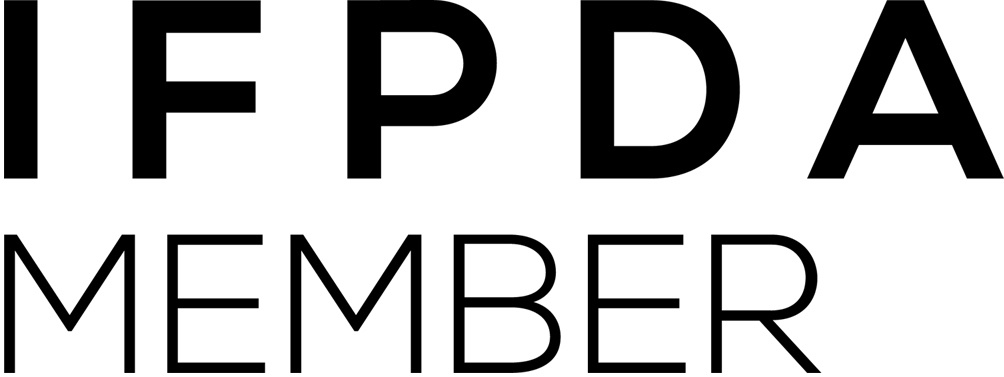David Tindle RA
Born in 1932 in Huddersfield, David Tindle has made a name for painting delicate egg tempera scenes, often showing glimpsed views through open doors and windows, which recall the eerie disquiet of Andrew Wyeth and Vilhelm Hammershøi. Tindle has written of his work: ‘Perhaps I see religion frozen in time, but ready to break out of ordinary objects.’ As such, many of his paintings possess a quiet profundity. For the art critic Brian Sewell, Tindle "is a painter in that quietly Romantic tradition of British art ... concerned with small, intimate, domestic subjects that are synecdochisms for the greater grandeurs of Turner's sunset, twilit calms, and as inseparable from method and technique". Sewell himself owned several Tindle paintings, spanning five decades.
Having graduated from Coventry School of Art in 1947, Tindle had his first solo show in 1954 at Piccadilly Gallery, London, and, in the same year, participated in a mixed exhibition at the Royal Academy. His early work caught the attention of John Minton, who purchased a self-portrait, and introduced him to the likes of Francis Bacon and Lucian Freud. The early works were delicately painted; his 1954 still life of a broken egg shell is, according to Ian Massey, "an essay in subtly inflected light and shadow". By 1960, Tindle favoured heavily painted, encrusted surfaces and a muted palette, in a series of atmospheric, abstracted views of beaches. Unveiled at the Piccadilly Gallery in 1960, exhibits were purchased by the Arts Council of Great Britain and the Government Art Collection. In the mid-1960s he experimented with dynamic, diluted brushstrokes, and began taking a serious interest in the application and surface of paint. After visiting the frescoes of Massacio in Florence, Tindle started to use egg tempera for his work, a laborious process of building up the image with thin layers of paint. It is perhaps ironic that he should adopt this painstaking medium, for the subsequent subjects, whether it be still lifes or landscapes, are essentially reflections on time, and its passing. His work has often been described by critics as 'spectral' and 'haunting', given that the compositions typically contain an empty chair, or a door that is slightly ajar, as if a human presence has since departed from the scene. In many of his pictures of the 1980s, Tindle achieves a balance between inside and out, of still life and landscape, in depicting a series of carefully chosen objects and placing them next to a window, out of which can be seen a garden. The art critic Rachel Cooke has recently written how one such painting, Balloon Race, Clipston, is a "narrative masterpiece", wherein "every element speaks of departure ... for all its considerable beauty, it is so melancholy, a moment at once universal and yet already lost". Tindle soon won acclaim for his mastery of this neglected medium, and featured in various notable survey shows of painting during the 1970s, including British Painting '74, as organised by the Arts Council of Great Britain and staged at the Hayward Gallery, and 25 Years of British Painting, at the Royal Academy. His tempera paintings were quickly sold to major public collections, including the Tate and the Government. In 1979, Tindle was elected a Royal Academician (ARA 1973), and made a Fellow of the Royal College of Art in 1981.
As well as working as a professional artist, Tindle has spent much of his life teaching, primarily at Hornsey College of Art between 1959 and 1974, and then at the Royal College of Art between 1972 and 1983. Tindle was also for a time the Ruskin Master of Drawing at Oxford University, and held a professional fellowship at St Edmund Hall. Tindle has also designed stage sets for the Aldeburgh Festival, and was commissioned in 1986 to paint the portrait of Sir Dirk Bogarde for the National Portrait Gallery. He was also one of twelve artists, along with Peter Blake and Richard Hamilton, to paint a portrait of members of The Who, for their 1982 album Face Dances. Self-portraiture has been a subject to which Tindle has returned throughout his career; having sold one of his first self-portraits to Minton, his tempera painting of 1985 was sold to the National Portrait Gallery. His rather unnerving self-portrait, in which he seen standing in a doorway, completed in the next decade, was recently on show at Ferens Art Gallery. A number of self-portraits were brought together for the first time, as part his large-scale retrospective at Huddersfield Art Gallery, in 2016. The Guardian's Rachel Cooke awarded the show a five-star review, and hailed Tindle as "one of the finest figurative painters of his generation". Tindle continues to paint, and his new work is showcased in the RA's annual Summer Exhibition. In this new work, Tindle creates disturbing, dream-like imagery, in which biblical references occur, as the artist grapples with past and present relationships and his own mortality.
David Tindle is represented by the Redfern Gallery.

